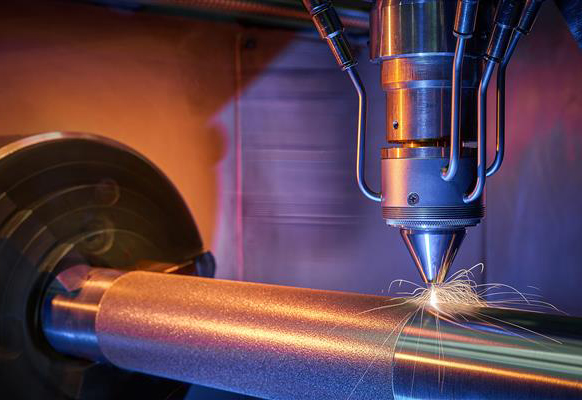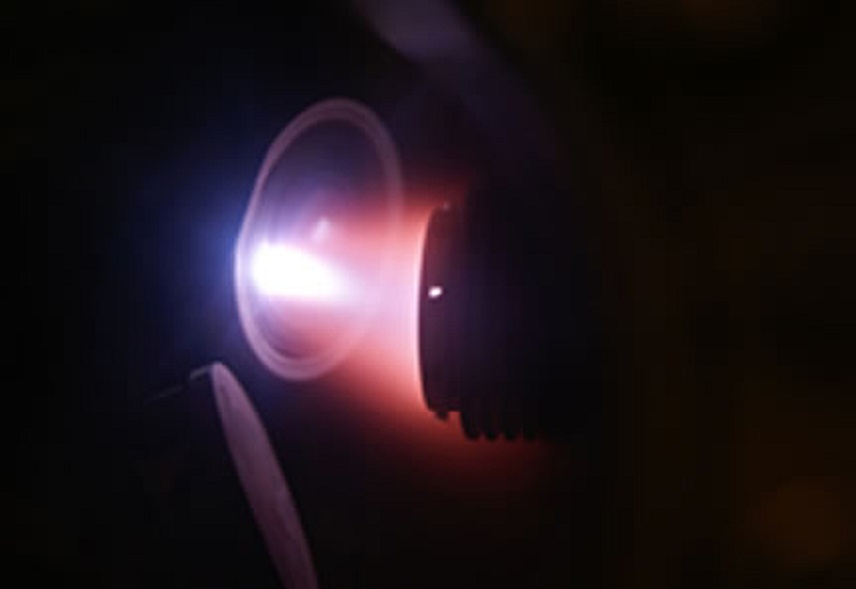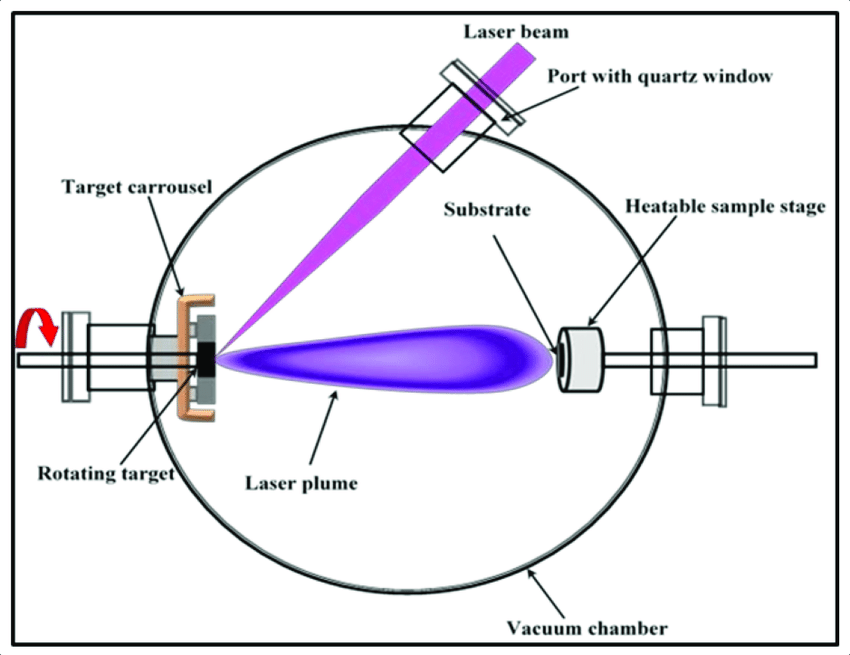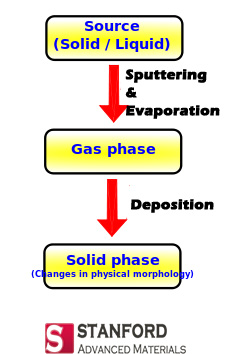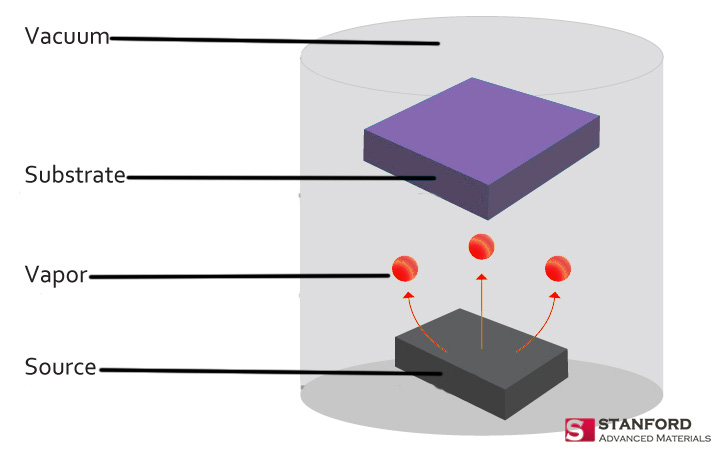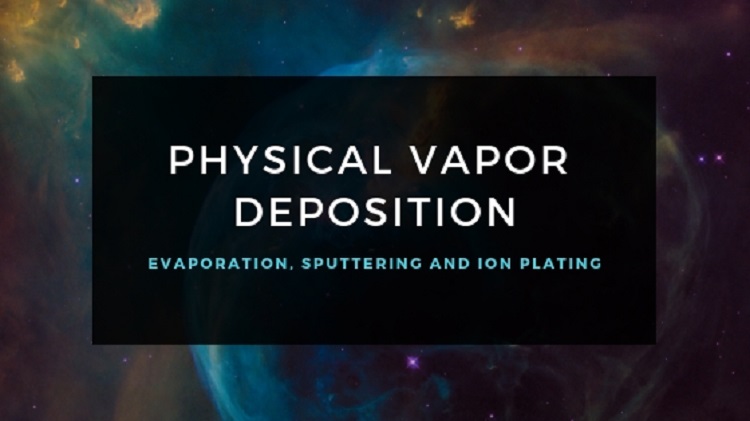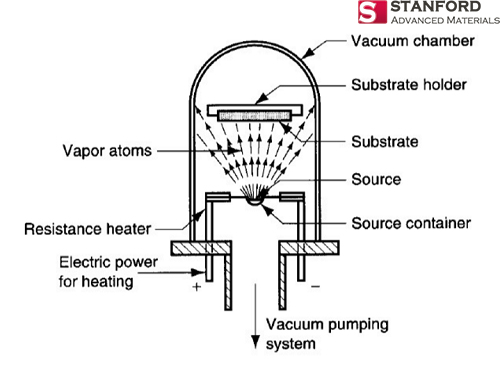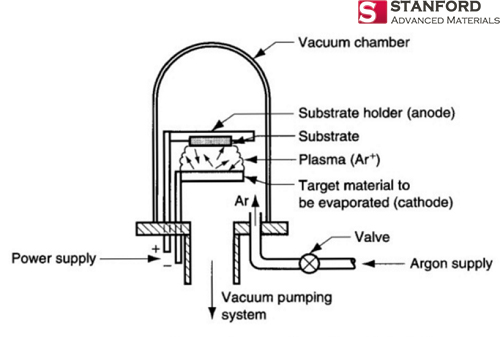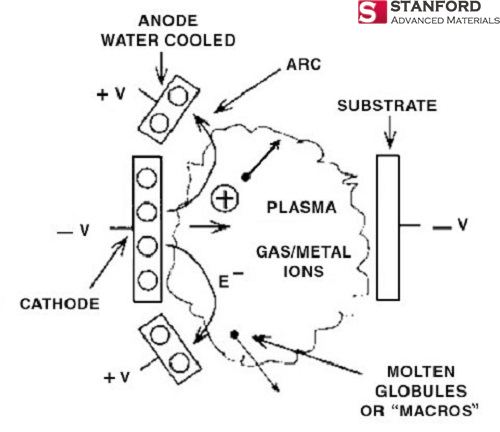The German research institute Fraunhofer Institute for Laser Technology has developed a groundbreaking metal part coating process called Extreme High Speed Laser Material Deposition (EHLA). This innovative technique promises to revolutionize the way metal coatings are applied, offering significant improvements in efficiency, speed, and environmental impact.
How EHLA Works
EHLA involves using a laser to create a molten pool on the surface of a component. A precise amount of metal powder is then added to this pool. Unlike traditional laser deposition processes, the powder in EHLA melts completely before it is deposited on the part’s surface. This ensures a thin, uniform coating that is both durable and resource-efficient. Remarkably, EHLA introduces approximately 90% of the material into the desired area, compared to just 50% in other methods.
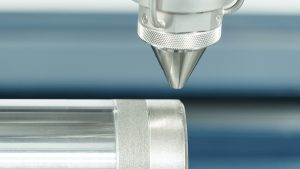
Speed and Efficiency
The standout feature of EHLA is its exceptional speed. Coating processes using EHLA can be performed at speeds 100 to 250 times faster than conventional laser material deposition techniques. This rapid application rate drastically reduces processing time, making EHLA an attractive option for high-volume production environments.
Heat Sensitivity and Versatility
One of the key advantages of EHLA is its minimal heat generation during processing. This makes it ideal for coating heat-sensitive components without causing thermal damage. Additionally, EHLA is capable of tandem coating processing, which allows for the application of multiple layers or different materials in a single operation. This versatility opens up new possibilities for advanced coatings that can enhance the performance and longevity of metal parts.
Environmental Benefits
EHLA stands out for its environmental friendliness. The process eliminates the need for chromium, a chemical commonly used in traditional coating processes that is harmful to the environment. EHLA uses no hazardous chemicals, making it a safer and more sustainable option. Moreover, the coating adheres to the substrate in a material-locking manner, preventing peeling and ensuring a long-lasting bond.
Applications and Future Prospects
Researchers are excited about the potential applications of EHLA. The process is effective in protecting metal parts from corrosion and wear, extending the life cycle of products. It is compatible with various coatings, including iron, nickel, and cobalt-based alloys, making it suitable for a wide range of industrial applications.
With its impressive speed, efficiency, and environmental benefits, EHLA presents a promising future for metal coating technologies. It offers a sustainable solution that not only enhances the performance of metal parts but also reduces resource consumption and environmental impact.
About Stanford Advanced Materials
Stanford Advanced Materials (SAM) Corporation is a global supplier of various sputtering targets such as metals, alloys, oxides, and ceramic materials. If you are interested in learning more about EHLA or our range of products, please visit our website at SAM Sputter Targets for more information.

